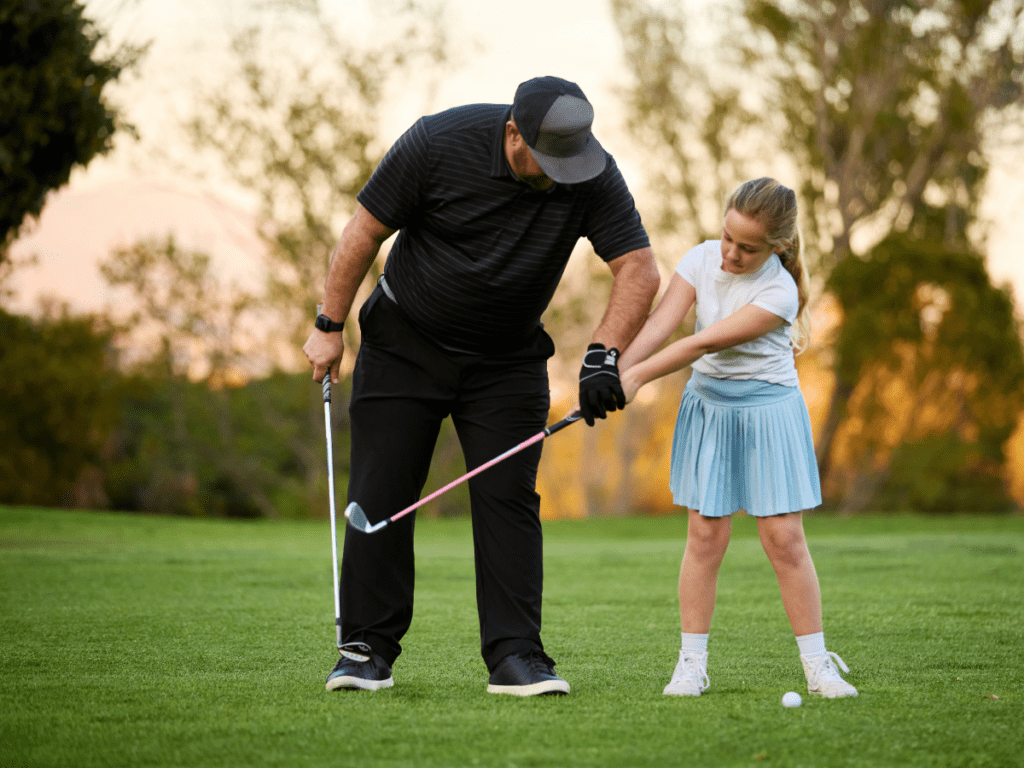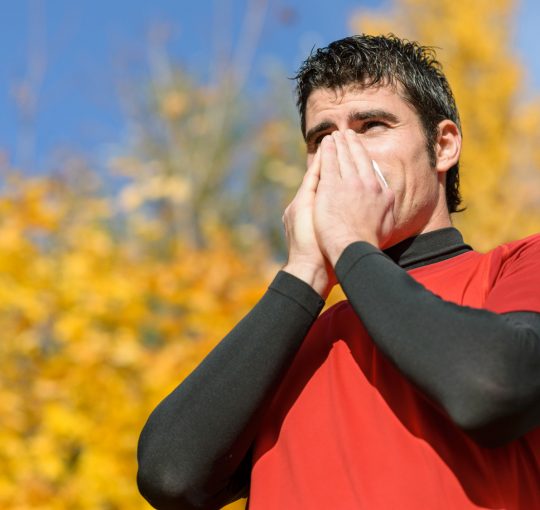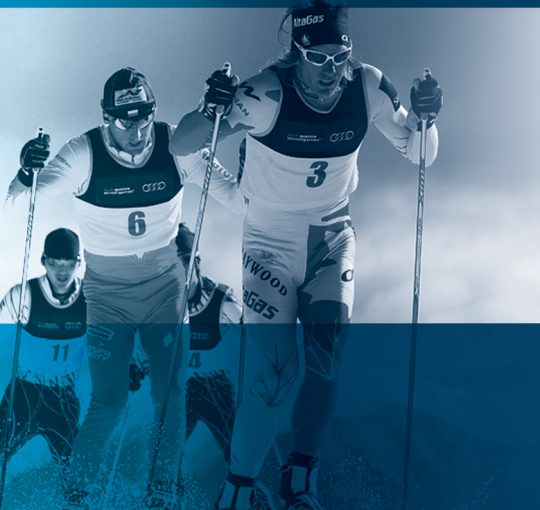“You Are What You Eat” – Fueling up for Competition
Knowing what to eat and when to eat for sports can seem like a science. Don’t let all the information out there leave you frazzled and hungry. For the everyday athlete a little preparation can make it very simple! The phrase “you are what you eat” is true. Nutrition can play a key role in…
Attention Training in Young Elite Athletes – Highlights from Recent Research
In the arena of sport psychology, research around attention and its relationship to athletic performance has been around for a number of years. Much of this research has focused on athlete training, and deliberate practice in particular, when it comes to developing potential talent in young athletes. Though the old saying seems to indicate that…
Critical Ingredients for Board Effectiveness: A Discussion with Cari Din and Carolyn Trono
Good governance is essential to advancing the mission and vision of every organization. However, governance is often cited as an issue within many sport organizations and is viewed as a very complex and sometimes challenging topic. Within the following discussion, Carolyn Trono and Cari Din share their insights based upon critical gaps that they see…
Risk Management for Sport Leaders

Risk management in sport was largely associated with helmets, crash mats, and course safety until 10 years ago when sport leader Dina Bell-Laroche, now a partner with the Sport Law & Strategy Group (SLSG), considered risk from a different angle. Bell-Laroche wondered if sport organizations would benefit from a comprehensive inquiry into assessing organizational risks…
Retaining Experienced Coaches

Understanding the factors that influence coach transitions is pertinent. Six themes were identified: 1) interpersonal considerations, 2) work demands, 3) career concerns, 4) positive coaching experiences, 5) seeking opportunities to be more successful and 6) leaving a negative or challenging work environment. Findings highlight the importance of practitioners and sports organizations providing support to enable…
Leadership In Small Sport Organizations
Leaders of sport organizations face all the complex challenges of leading in small organizations – limited resources, small teams doing multiple roles, expectations to perform as an organization plus the added complexity of unpredictable funding resources and expectations around athlete performance. While the choices and decisions are the same as larger organizations, the levers and…
How to keep your sport organization from getting into hot water – Contractual pitfalls and employee terminations

The two biggest problems which most sport organizations encounter with their employees relate to: (i) not understanding what entitlements terminated employees have; and (ii) not having proper employment contracts or termination letters in place. While it’s not possible to address these issues in depth in an article such as this, potential employer liability can be…
Communicating creatively through infographics

When you have a message to share, the first question that comes to mind is ‘How do I present this to make it memorable?’ According to social science research 65% of people are visual learners and visual information is processed 60,000 times faster than text. This means that most people will be more attracted and…
Preventing infection and maintaining immune function using nutritional strategies

It is well documented that moderate exercise prevents many infections and greatly improves immune system function. In contrast, among elite athletes who train at a faster pace and at a higher intensity, the risk of illness increases significantly and the effectiveness of the immune system to fight infections is reduced. Other factors, including exposure to…
Polarized Training: How do elite endurance athletes actually train?

Training intensity and how to distribute it within the training plan is a highly debated topic in the endurance community. The success of the Dutch Olympic speed skating team at the Sochi Winter Games and a study on how they train and distribute training intensities has shed a light on how elite endurance athletes actually…